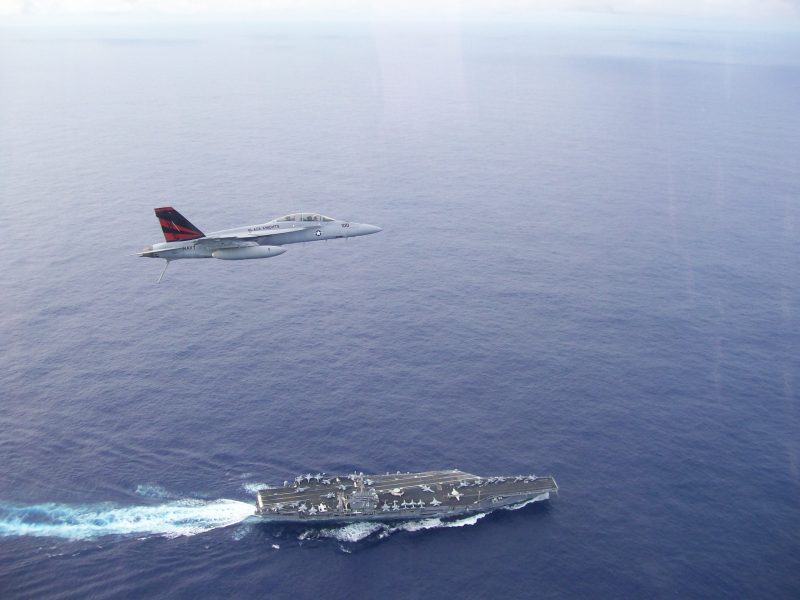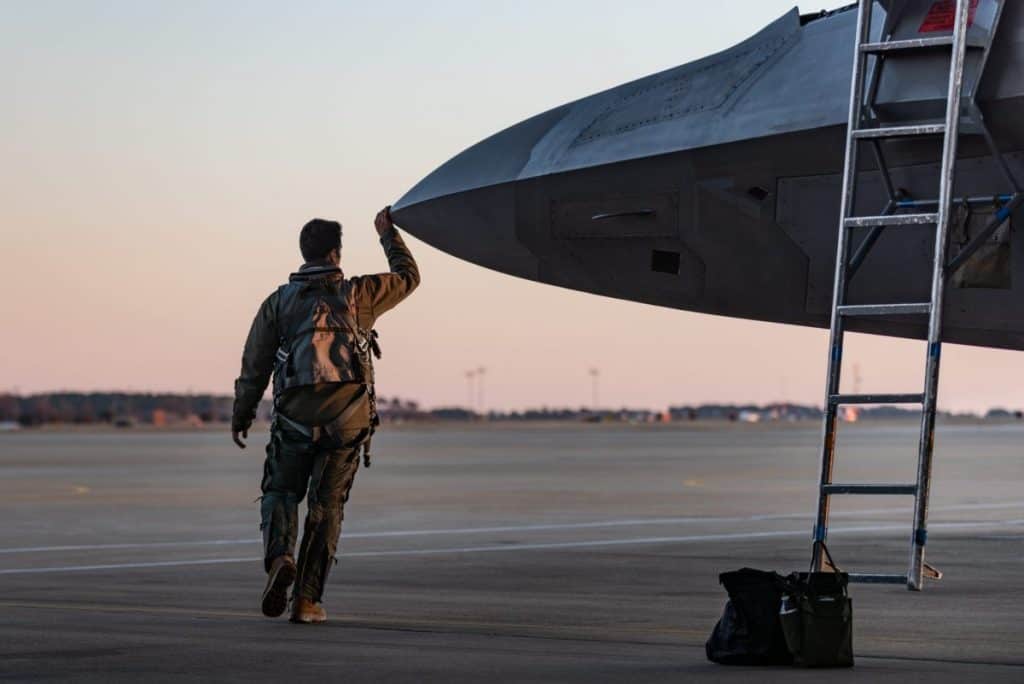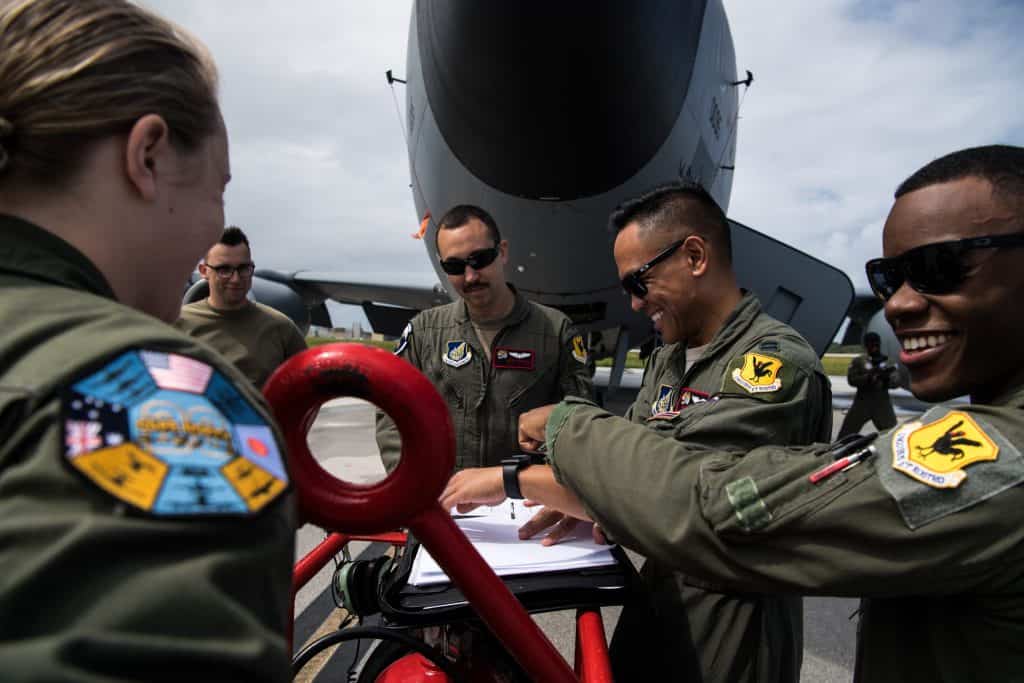Want to Land on Aircraft Carriers?

If you've considered becoming a pilot in the USN or USMC, you've surely wondered, "What does a Navy or Marine Corps pilot do?" An easier question to answer might be what a USN or USMC pilot doesn’t do, because, simply put, we do just about everything. This article will cover the broad brushstrokes of what these branches of Aviation do, where they do it and who they are. We will get down into the weeds on each topic later in our introductory series, but for now...
Welcome.
Table of Contents
Brief Overview
Naval Aviation is a diverse collection of aircraft and people covering down on a broad mission set. In general, we lean away from specialization to favor platforms with multiple capabilities--the proverbial “Jacks of All Trades” is the going-in game plan. If there’s one concept that really serves to separate USN/USMC aviation from that of other service branches, it’s flexibility. This is innate to our mission, which is oriented around the sea, because the enemy on the sea has an annoying propensity to move around. Similarly, the mission of the USN’s smaller sibling, the U.S. Marine Corps, is all about flexibility: showing up someplace unanticipated with an unexpected amount of force.

Broadly speaking, the Marines and the Navy share similar characteristics when it comes to pilots. They have the same commissioning sources and the same initial training pipelines—something I’ll cover at length in the near future. It’s common to have Marines lurking around in some Navy units and vice versa. Some Marine fighter squadrons deploy on Navy carriers, and platforms with similar missions employ similar procedures that are often standardized across the service schoolhouses.
Naval Aviation has its own culture, and it’s enough of a topic that I won’t even attempt to cover it here. It deserves its own chapter in this series. Hard work, hard missions and constant personal sacrifice forge strong bonds among its members. You may be sure you want to try it, but if you are totally sure you are going to be able to handle it, your attitude may require adjustment. It is more of a lifestyle than a job. This could be said of every service branch, but...they don't spend extended amounts of time together in floating prisons. Boats, excuse me...
The Marines are a unique cultural entity. If you are not sure if you want to be a Navy pilot or a Marine pilot, you probably want to be a Navy pilot. The Marines tend to get the short end of the funding stick. And you would think that this would make USN aviation more attractive, as planes and training in them is insanely expensive...but it turns out money isn’t the whole story. Doing more with less tends to draw and/or generate some spectacularly talented people. There’s a certain ethos in the Marines--a swagger--that is all their own.







